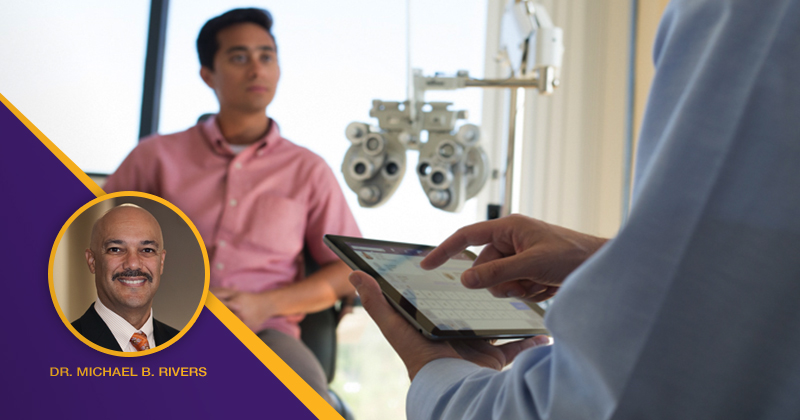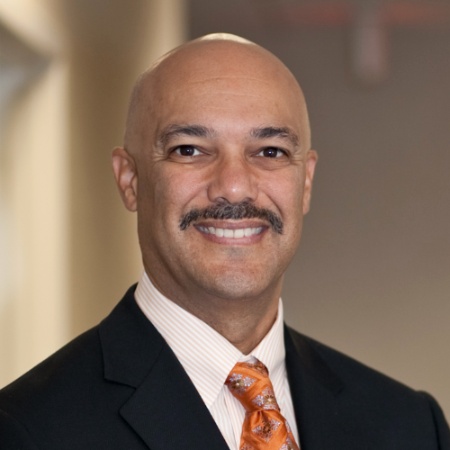Eye Care Power Couple: Patient Engagement & Ophthalmology EMR

Improve patient compliance through better engagement.
Chances are good that you see a largely older patient population. Most general ophthalmologists, in fact, see quite a few Medicare patients, many of whom have chronic conditions, such as macular degeneration, glaucoma, and diabetic retinopathy. With diseases like these, you don’t fix things — you manage them. And as a longtime ophthalmologist myself, I know that it’s helpful for many of these patients to be reminded of their appointments and to take their medications. Plus, they tend to have a number of other medical conditions that need to be managed and, therefore, see multiple physicians on a regular basis, so it’s important to collect their most recent medical information when they visit your practice. Indeed, it’s vital to keep patients engaged and records up to date.
For many years — even today, in many cases — patient engagement meant little more than sending patients a postcard or calling them on the telephone. We all know that much of what comes in the mail today tends to get thrown out. Even when patients bothered to look at postcards, we couldn’t ensure compliance, other than to hope the patient would follow through and call the office. Phone calls to patients are better than postcards, but they take up staff time and often require follow-up calls or result in messages that may go unnoticed.
Fortunately, patient engagement has come a long way. Newer methods allow patients to receive reminders via email or text messages. Multiple studies have found that automated text- and email-based reminder systems dramatically improve ophthalmic patient compliance with treatment regimens.
Now, patient engagement is taking yet another leap forward, thanks to patient engagement tools that directly integrate with ophthalmology electronic medical record (EMR) and ophthalmology practice management solutions. Systems with these capabilities enable ophthalmology practices to not only encourage, but to actually track patient compliance with medication and appointments, thus reducing the likelihood of problems before they occur.
Using such systems, for example, ophthalmologists can issue appointment reminders that get recorded directly in the patient’s ophthalmology EMR to determine the patient’s level of compliance. If a patient repeatedly misses appointments, initiate a conversation about potential barriers to compliance and how to solve them. As a physician, I understand that some challenges aren’t medical; they may be logistical. For example, a lack of transportation could be a barrier to care. Understanding the real cause of compliance issues helps me better understand how to help patients.
Garnering Patient Feedback
Such a system also enables practices to obtain patient feedback to help improve their care and operations. Traditional patient engagement measures typically operate one way. But now, we can use today’s tools to survey patients: “Was your recent visit a good one? Did we meet your expectations?” If not, we can learn why and act on that information. After all, we want our patients to return to our practice, rather than feeling the need to go elsewhere for care.
Faster Information Gathering
And, when they do return to your practice for their next appointment, a mobile, touch-based kiosk can help update the medical information in the patient record. Rather than handing patients a clipboard of forms to complete, provide them with a mobile kiosk, such as an iPad. Yes, your staff and patients may experience a learning curve, but using a kiosk that integrates with your ophthalmology EMR and practice management systems has many benefits. It can reduce the time spent completing forms, help ensure that patient data is complete and up to date, and make doctor patient time as valuable as possible, by eliminating manual data entry, which improves staff productivity and patient satisfaction and engagement.
Added Value
With Medicare reimbursements increasingly reliant on patient satisfaction, patient engagement tools that integrate with ophthalmology practice management or EMR systems quickly provide value in a practice. Even without impetus from the federal government, such tools help physicians more effectively realize why they chose medicine as a career in the first place: to help patients.





